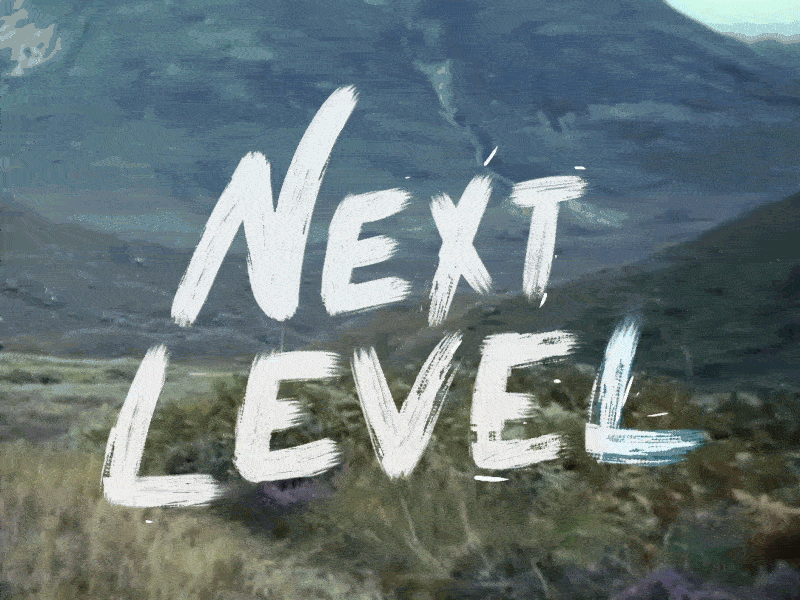This month (March 2022) marks the two year point in which the whole world changed due to the Covid-19 pandemic. A big part of that change is how we do and see our ministries within Young Life. We’ve struggled and adapted more times than we can count, and in that we’ve experienced exponential loss.
Perhaps the pandemic revealed more things than it caused.
As a global mission we have seen some consistency crossing over from an International to US context. One exception is volunteers. While International volunteerism has continued to steadily increase we have seen significant losses in the United States.
Since 2018 volunteer numbers have decreased profoundly due to several variables.
Decrease in ‘discretionary time’ of volunteers
The ripple effect of a Global pandemic
Activism replacing Evangelicalism on the college campus
Better mission-wide vetting, on-boarding, and ‘counting’
As a volunteer-led mission, we are aggressively honing our skills of recruitment and retention of volunteers, the temptation could be, to scale back, to play it safe and focus solely on what we know we can do. It’s easy to stop dreaming of what it looks like to go after every kid for fear that we don’t have the volunteer resources we need. But I want to challenge you to reimagine what it might look like to look at potential new ministries and identify the people who feel directly called there.
As Young Life staff we often hear about designated ministry opportunities such as YL College, Capernaum, Young Lives, or Young Life One, and we think, “That would be great, but I am already struggling to meet the need for volunteers in our existing ministries.” It isn’t that we don’t want to have an impact on college students, teen moms, kids with special needs, foster, homeless, incarcerated, or trafficked youth; we just don’t have the workforce to do all of this.
As an area director I have often found myself in this place. I believe I have a finite number of leaders and finances. Adding something new will just make each slice of the pie thinner.
I want you to consider that there may be an error in our logic. Sticking with the pie analogy, I have learned over my years as an area director, there are often other pools of volunteerism (Pies), full of called, committed, and caring individuals, that I am not inviting to the table. In my area we have YoungLives, Capernaum, and a Young Life One ministry to incarcerated youth. The leaders that lead in these designated ministries feel uniquely called to those populations. They don’t want to lead on one of our traditional High School Young Life ministry teams. They have passions and giftings that God has given them to serve the specific populations they serve.
If I let my lack of leaders, or lack of vision scare me away from communicating about opportunities for designated ministries, there are potential leaders, donors, and partners who won’t give Young Life a second glance. If I begin to focus on scarcity, “there aren’t enough leaders!” I will miss out on the opportunity to invite specific leaders to the unique work that God has called them to.
This has pushed me to change my mentality. I want to invite people to see all the opportunities we have for serving kids in our community, and trust that God will provide the people who are called to these specific types of work. Here is an example from a recent Young Life One ministry start-up.
In September of 2020, North Branch YL and Susquehanna Valley YL began communicating about an opportunity to do Young Life One at the North Central Secure Treatment Facility in Danville PA (long-term Juvenile Corrections). They had little-to-no connection to the facility and no leaders for this ministry. This is a glimpse of their story,
“When starting YL One we weren’t sure what to expect. One thing we were unsure of is where we would find more leaders. Our ministries pull from two separate colleges to recruit leaders, and we knew we already needed more leaders than we had for our existing ministries. We decided to approach other adults in our community to help lead YL One. We now have over 10 new adult leaders. What has been great is several of them had very little YL experience prior to joining our ministry. This strengthened our ties to the local church, as we have leaned on them to help us recruit new leaders, and it has brought interest to our ministry from groups of people we had not connected with before. We are just getting started and we already have three churches to speak at this spring about our YL One Ministry. God has provided beyond what he had hoped for.”
I’m inviting you to join me in stepping out of a scarcity mentality, into believing that God may have people lined up to do these designated ministries in our area. I believe we have some untapped volunteer ministry pools that perhaps are waiting to be asked, even if they don’t know it yet.
-Mason Keller








